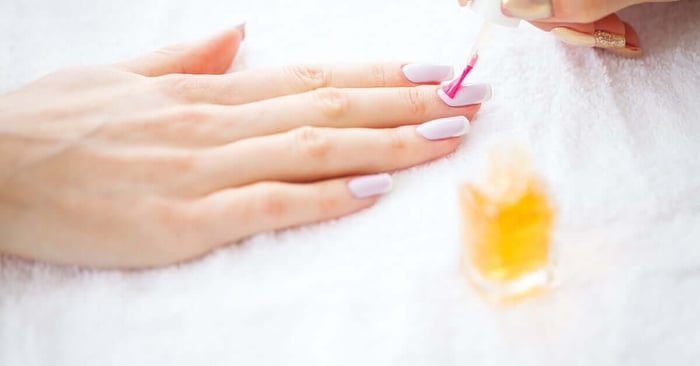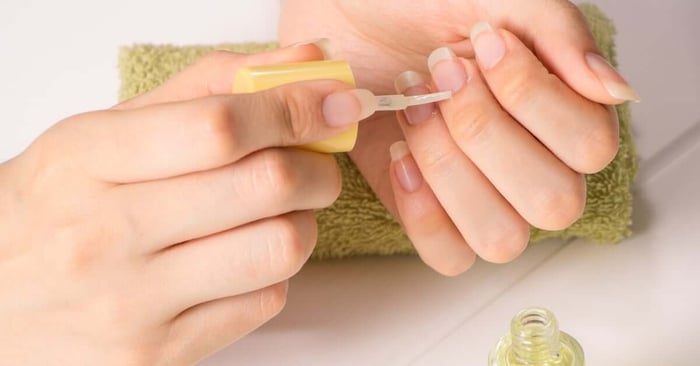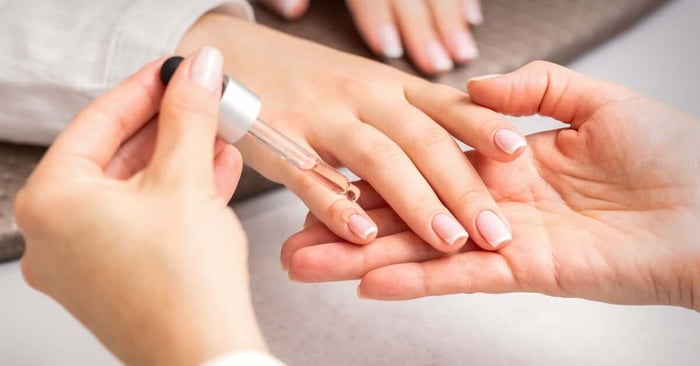Liquid monomers are the backbone of many high-quality nail enhancements, from acrylic extensions to intricate nail-art designs. However, improper storage can compromise their chemical properties, rendering them less effective or even useless.
Whether you’re new to the nail industry or a seasoned professional, safely using liquid monomers in your nail salon is essential for maintaining their quality and ensuring the best results in your work. If you’ve been wondering how to safely use and extend the life of your monomers to keep them performing at their best, we’ve got you covered with a few practical tips.
Know Your Liquid Monomers Inside and Out
Before focusing on storage, it’s important to understand the product. Liquid monomers are reactive substances designed to combine with powder polymers to create long-lasting acrylic nails. Like many chemical compounds, monomers can degrade over time if not stored properly. Factors such as temperature, light exposure, and airtightness can accelerate deterioration, leading to changes in consistency or performance.
For instance, products like odorless liquid monomers, often touted for reduced fumes and user comfort, are particularly sensitive to improper conditions. This makes it even more important to follow best practices for storage.
Store Monomers in Cool, Consistent Temperatures
Heat is the enemy of liquid monomers. High temperatures can alter their chemical properties, leading to evaporation or polymerization, which causes clumping and texture changes. Ideally, your storage area should remain between 60- and 75-degrees Fahrenheit. Avoid keeping monomers in direct sunlight or near heat sources such as radiators or heaters. Sudden temperature fluctuations can also weaken the integrity of the product, affecting how well it performs during application.
Consider investing in a small climate-controlled cabinet or a shaded shelving system for salons without temperature-controlled storage to ensure consistent conditions. Keep monomers away from windows, as UV exposure can break down specific chemical structures.

Prioritize Airtight Sealing
Liquid monomers are susceptible to air-related degradation. Exposure to oxygen can lead to premature polymerization or contamination, both of which impact the product’s shelf life and reliability. After every use, make sure the bottles are closed tightly. Screw the cap on securely until it’s snug to prevent air from seeping in.
For professionals working in busy salons, a common mistake is leaving monomer bottles open during client sessions. Even short-term air exposure can compromise the quality of the liquid. To prevent this, make habit of closing monomer bottles immediately after pouring out the required amount.
Additionally, if you notice residue buildup around the bottle’s neck or cap, clean it carefully. Sticky residue can prevent an airtight seal, even if the cap feels tightly screwed on. Use a lint-free cloth and a bit of alcohol to ensure a clean, secure seal each time.
Use Properly Labeled, Opaque Containers
Packaging also plays a significant role in maximizing storage life. Most manufacturers provide monomers in opaque containers for a reason—to shield the product from light exposure, which can degrade its properties. If transferring monomers to smaller bottles for convenience, ensure they are opaque and chemically resistant to prevent unwanted reactions.
Avoid using containers made from materials that break down when in contact with the monomer, such as certain types of plastic. Labels are equally important. Clearly label all containers with the product name and purchase date. This ensures you always have a clear record of which monomers are freshest, preventing older products from being used after they’ve passed their prime.
Rotate Stock Frequently
It’s easy to forget about an older bottle in a busy salon environment or as a newcomer experimenting with products. But the “first in, first out” method is a tried-and-true system for minimizing waste and maintaining quality. Be sure to use older monomers before opening new bottles.
Start by clearly organizing your storage area and placing older products in a convenient, front-facing position with newer products behind them. This small organizational tweak is particularly important for those working with multiple liquid varieties, such as odorless liquid monomers, as it keeps your inventory fresh.

Handle With Clean Tools
Cross-contamination is another overlooked factor that can ruin liquid monomers. Always use clean tools and brushes when working with your product. Avoid introducing dust, residue, or moisture into the bottle, as these impurities can impact the chemical balance and lead to off-putting textures. Cleanliness during handling is especially important for professionals juggling several appointments in fast-paced salons.
Discard the affected liquid quickly if contamination occurs by, for example, accidentally dipping a damp brush into the monomer bottle. While it may feel tempting to save it, damaged monomer rarely produces good results and could lead to subpar nail applications.
Regularly Inspect Your Products
Make regular product inspections a part of your routine to keep track of any changes. If the liquid appears cloudy or thickened, or if it emits an unusual odor, it could be a sign of degradation. While most monomers have a shelf life indicated on their packaging, poor storage can shorten their usability significantly.
When in doubt, refer to the manufacturer’s recommendations. Some brands provide detailed guidance on their website about storing liquid monomers for maximum shelf life, which can offer further insights on the specific product you’re using.
Dispose of Expired or Compromised Monomers Safely
Proper disposal of old or expired liquid monomers is as important as proper storage. Careless disposal can harm the environment and put others at risk. Check local regulations for the correct methods, as liquid monomers are often classified as hazardous.
Never pour monomers down the drain or toss them in general trash. Keep expired products in their original containers with tightly sealed lids, and take them to a hazardous waste facility. Many communities offer drop-off sites or collection events for safe chemical disposal.
Salons should consider a waste management plan for expired monomers and other disposables. This ensures compliance with regulations and supports sustainability in the beauty industry.
Keep Your Monomers (and Nails) in Top Form
Following these methods for proper storage protects your investment and ensures consistent, professional-grade results for every nail application. Whether you’re a beginner exploring the art of acrylic nails or a salon expert using high-demand products like odorless liquid monomer, proper care extends the life and effectiveness of your essential tools.
Level up your nail game by putting these storage tips into practice today. After all, when you’re using liquid monomers safely in your nail salon, your products stay as reliable as your skillset. Shop MIA Secret’s high-quality nail products now, and unlock endless creative possibilities!

